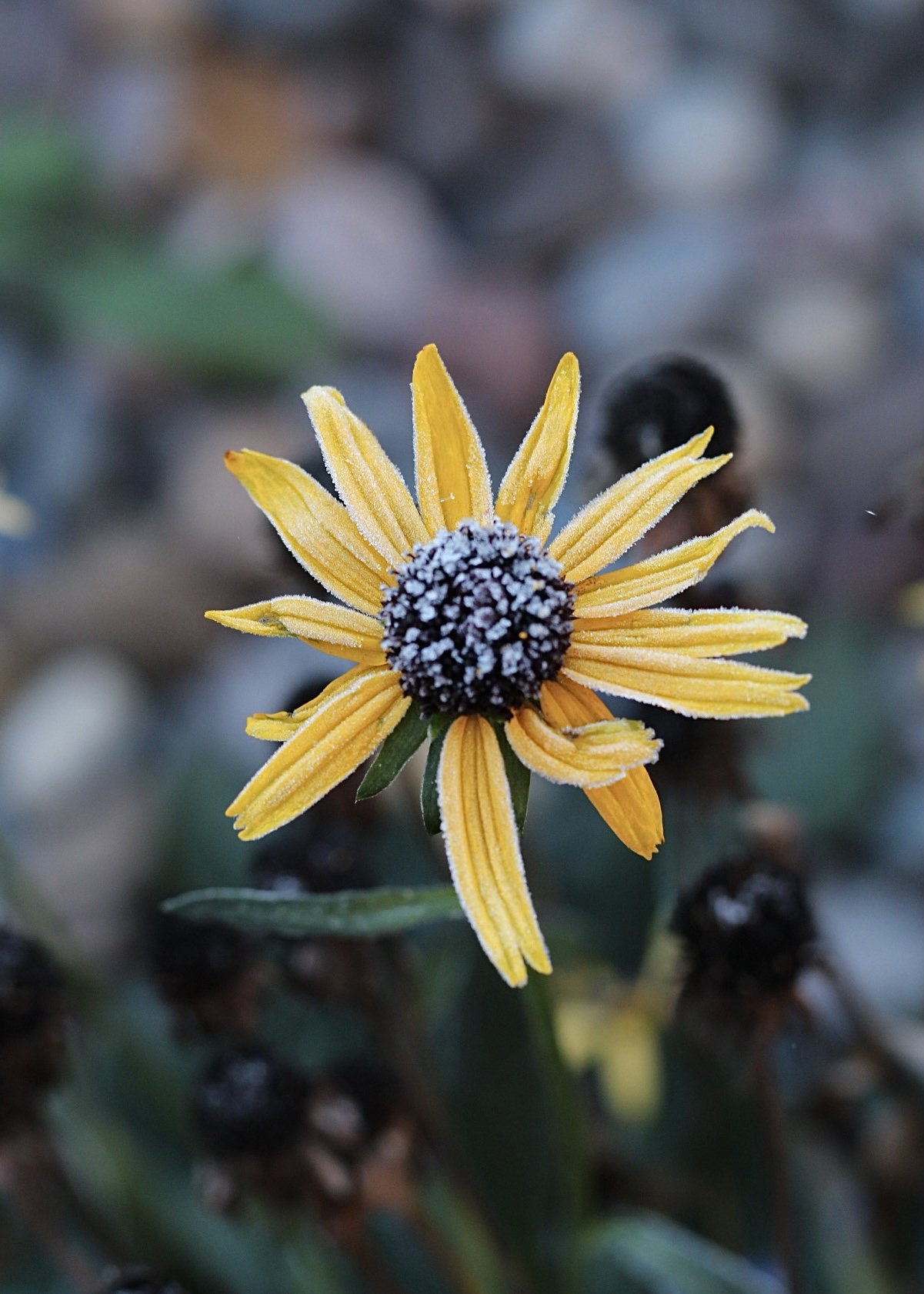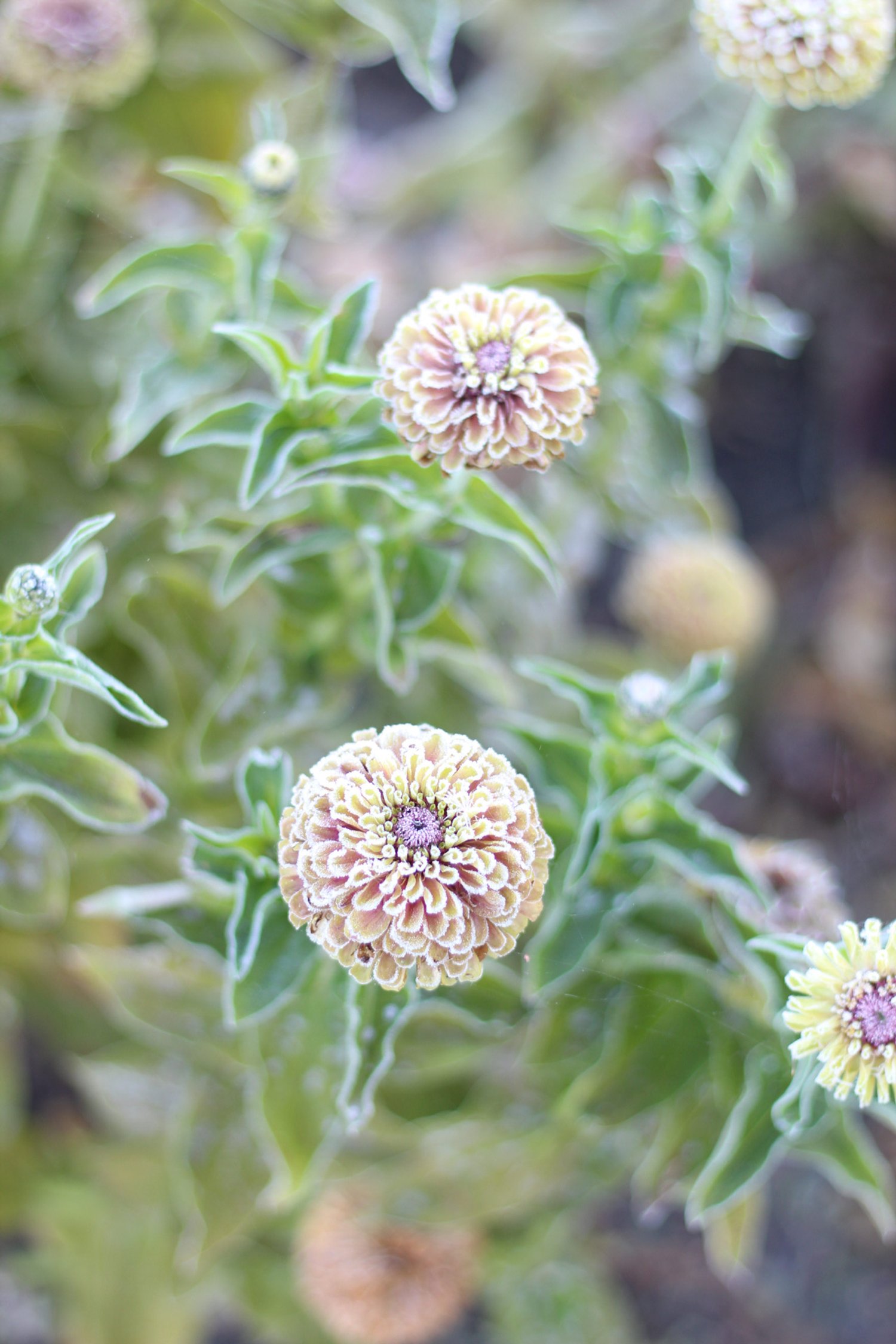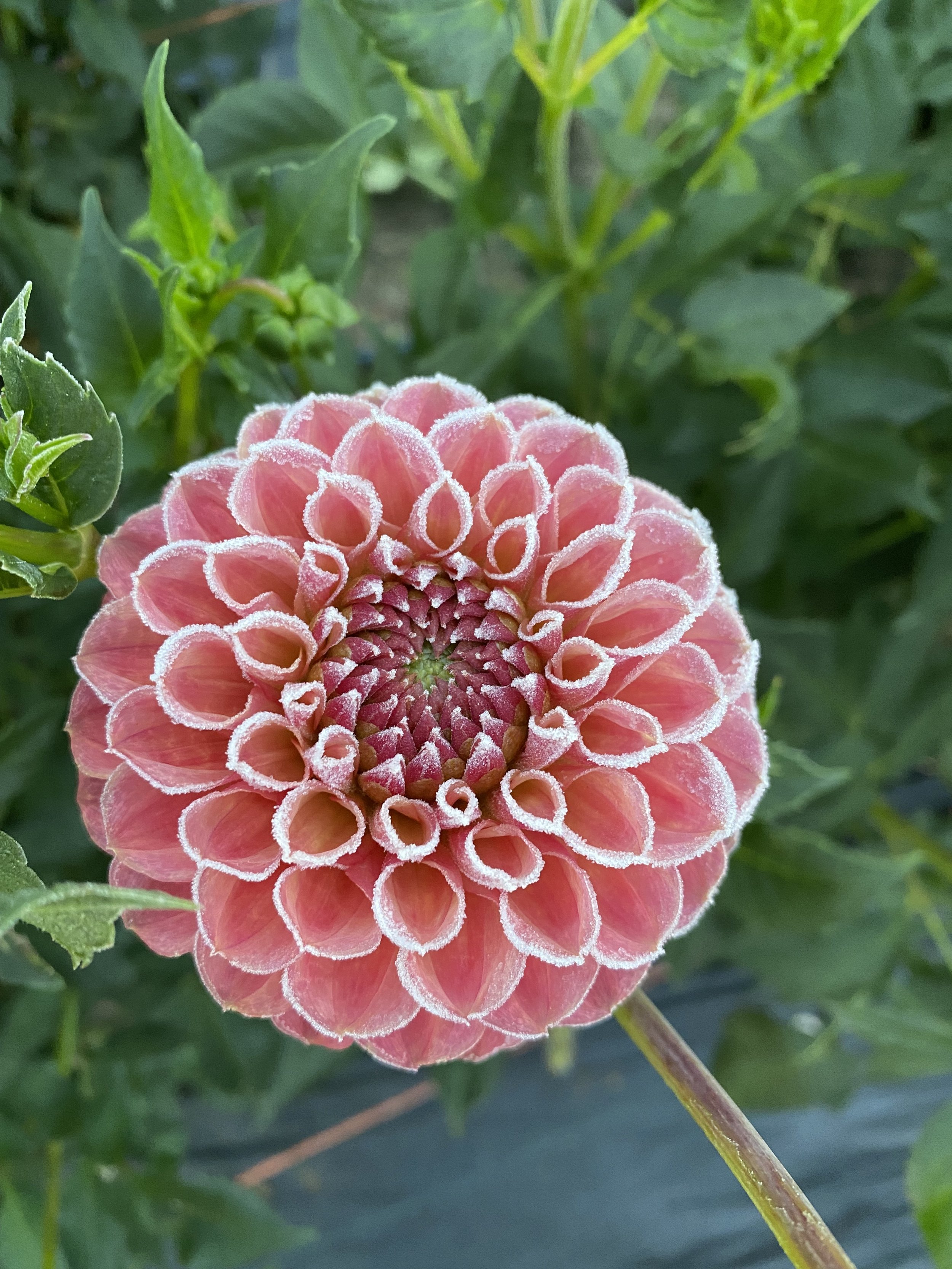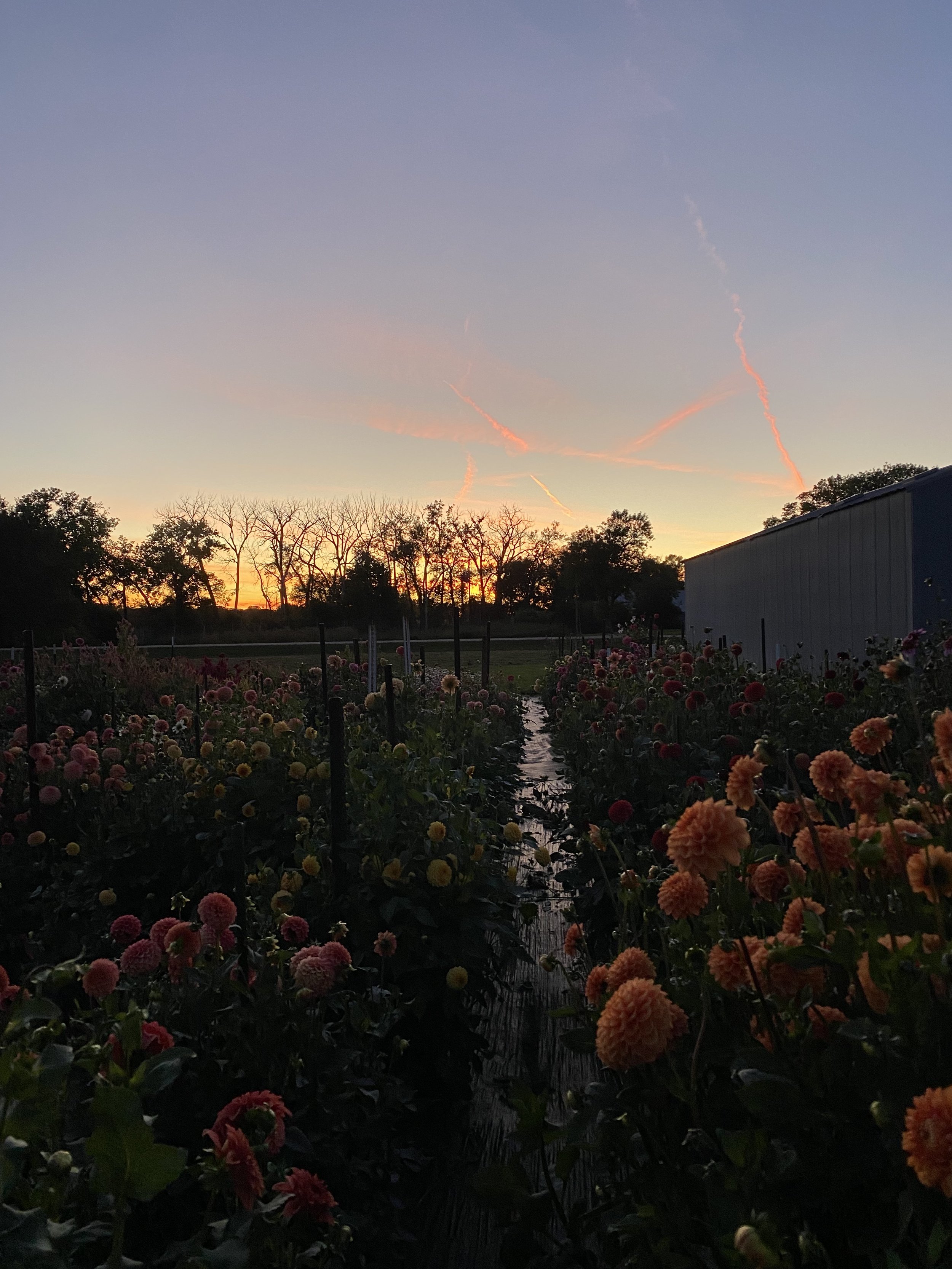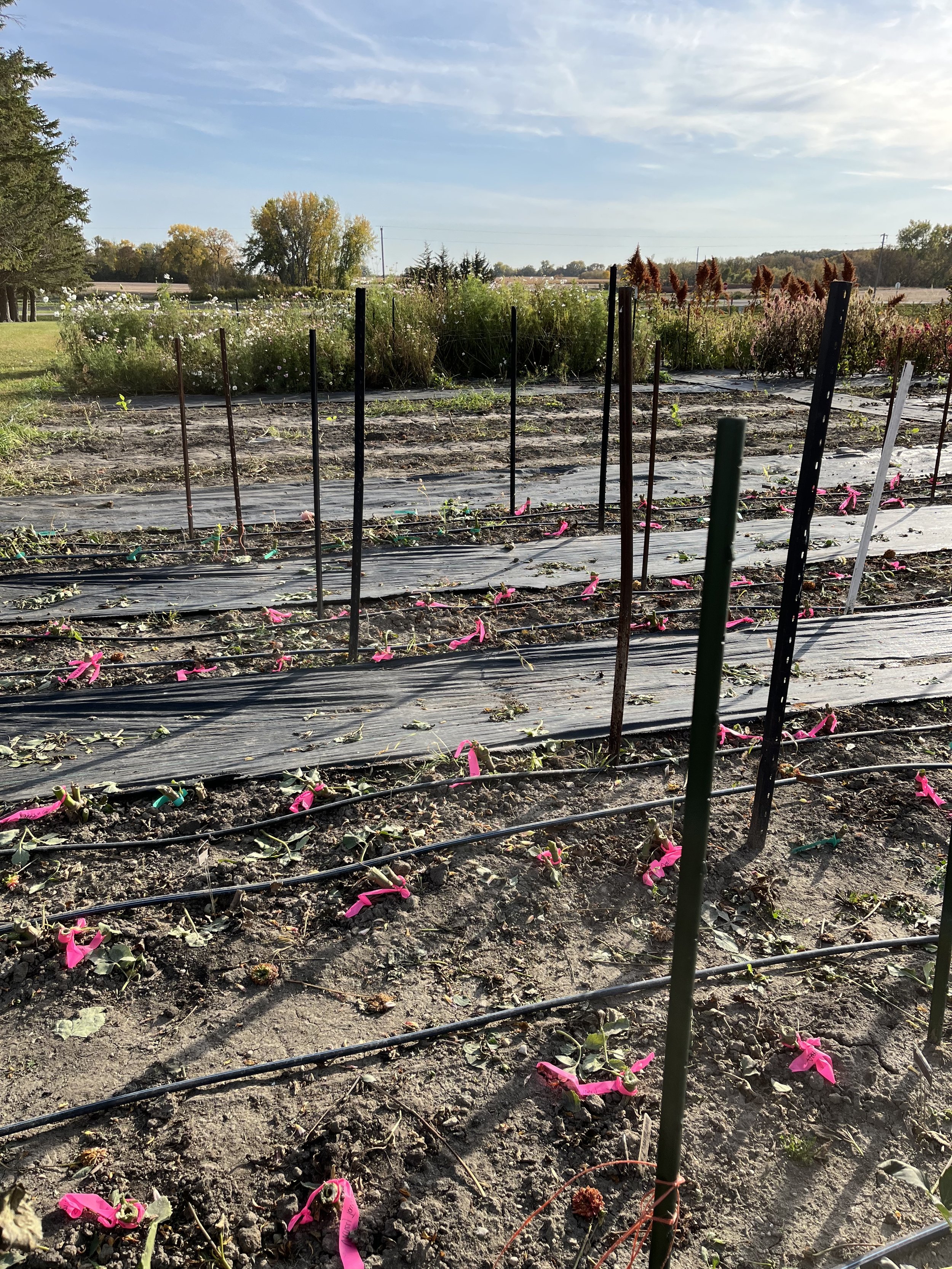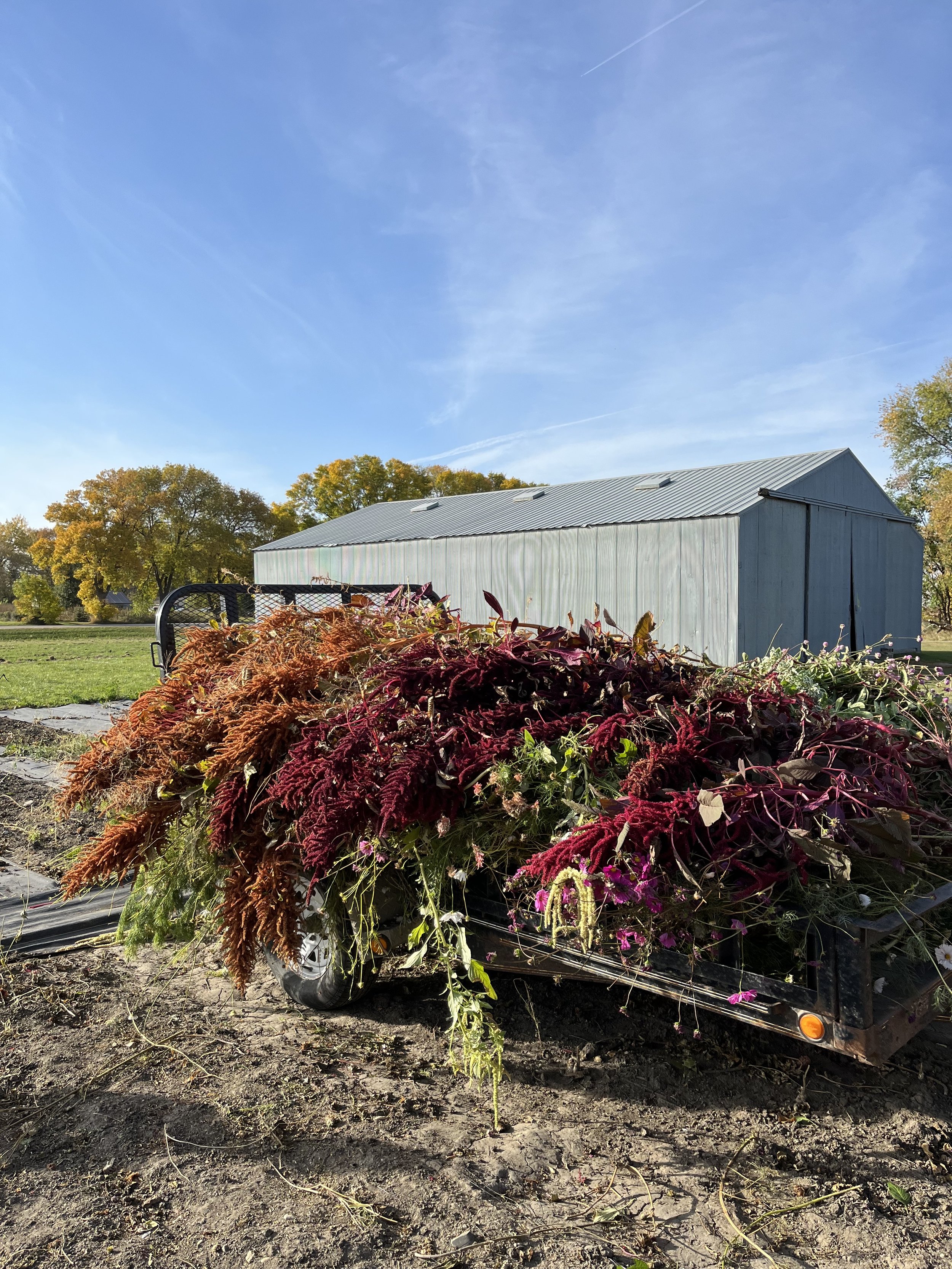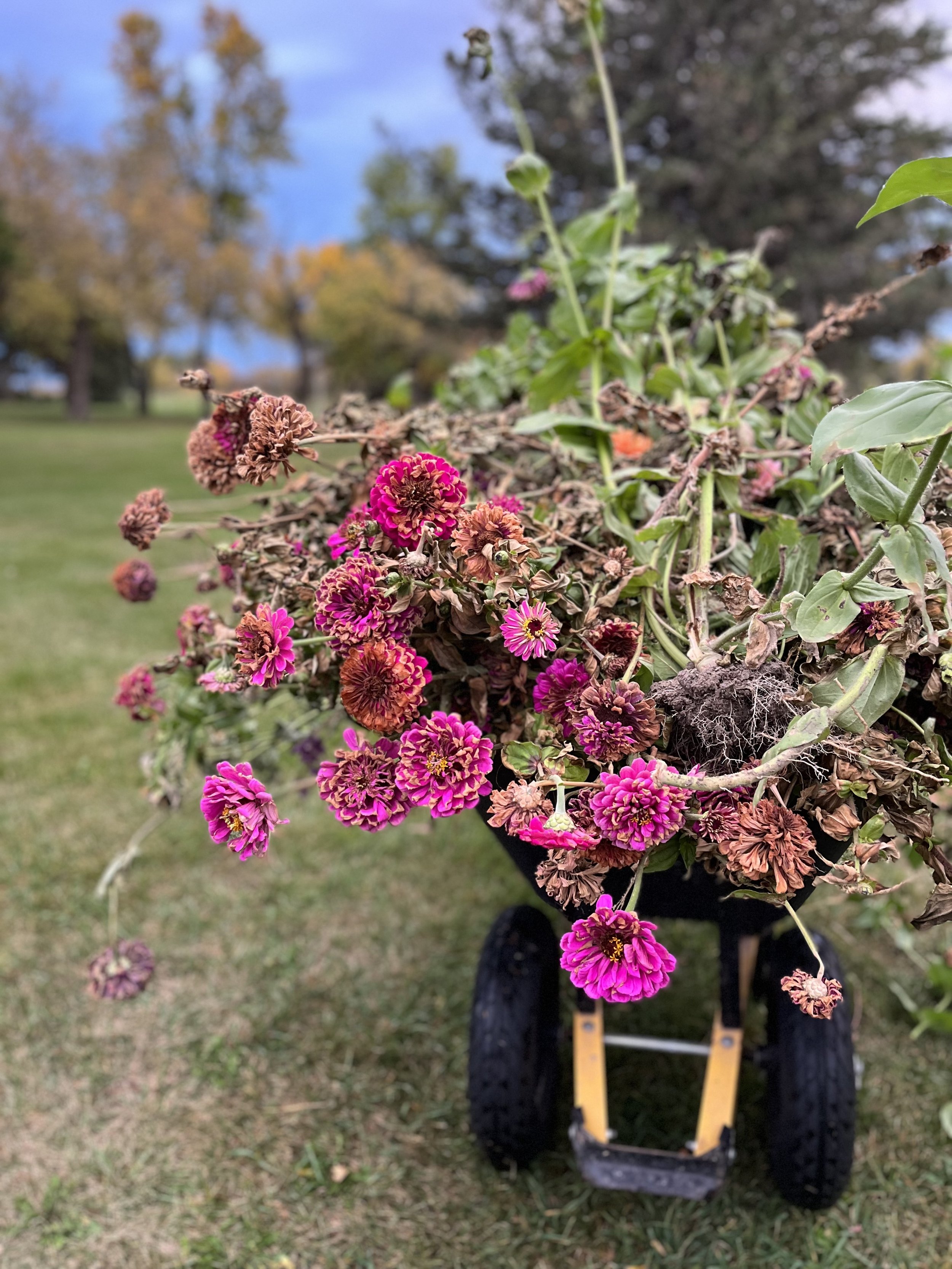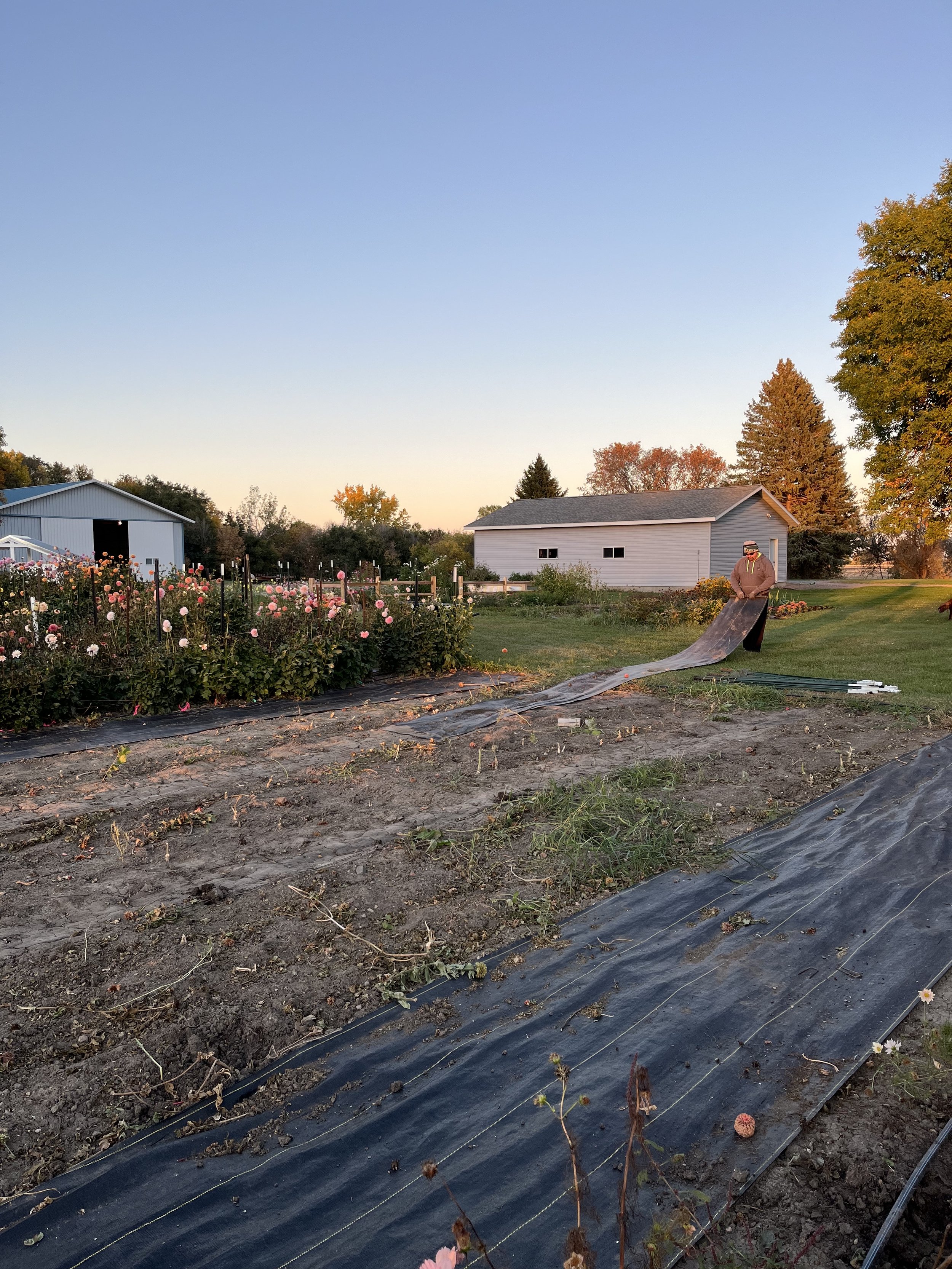Farm Sweet Farm
We love growing beautiful flowers for our customers to enjoy. Part of the fun in having a field of color right outside our doorstep is taking in the beauty ourselves and photographing the fields changes as they take place, one bloom at a time.
Seasons of change.
As soon as we start sewing seeds into cell trays in late winter, hope is in us that each seed grows into a strong and healthy plant. Day by day we watch as each shelf of trays turn into a sea of green under their warm grow lights. May arrives and so do the tulips! Finally, blooms again. We are also now faced with the task to transplant hundreds of our baby plants into the garden. Between the rows of irrigation line and into individual holes in the ground covered fabric, each flower and dahlia tuber gets tucked into the soil. The days go by, and we see the promise that the seed began as start to come to life.

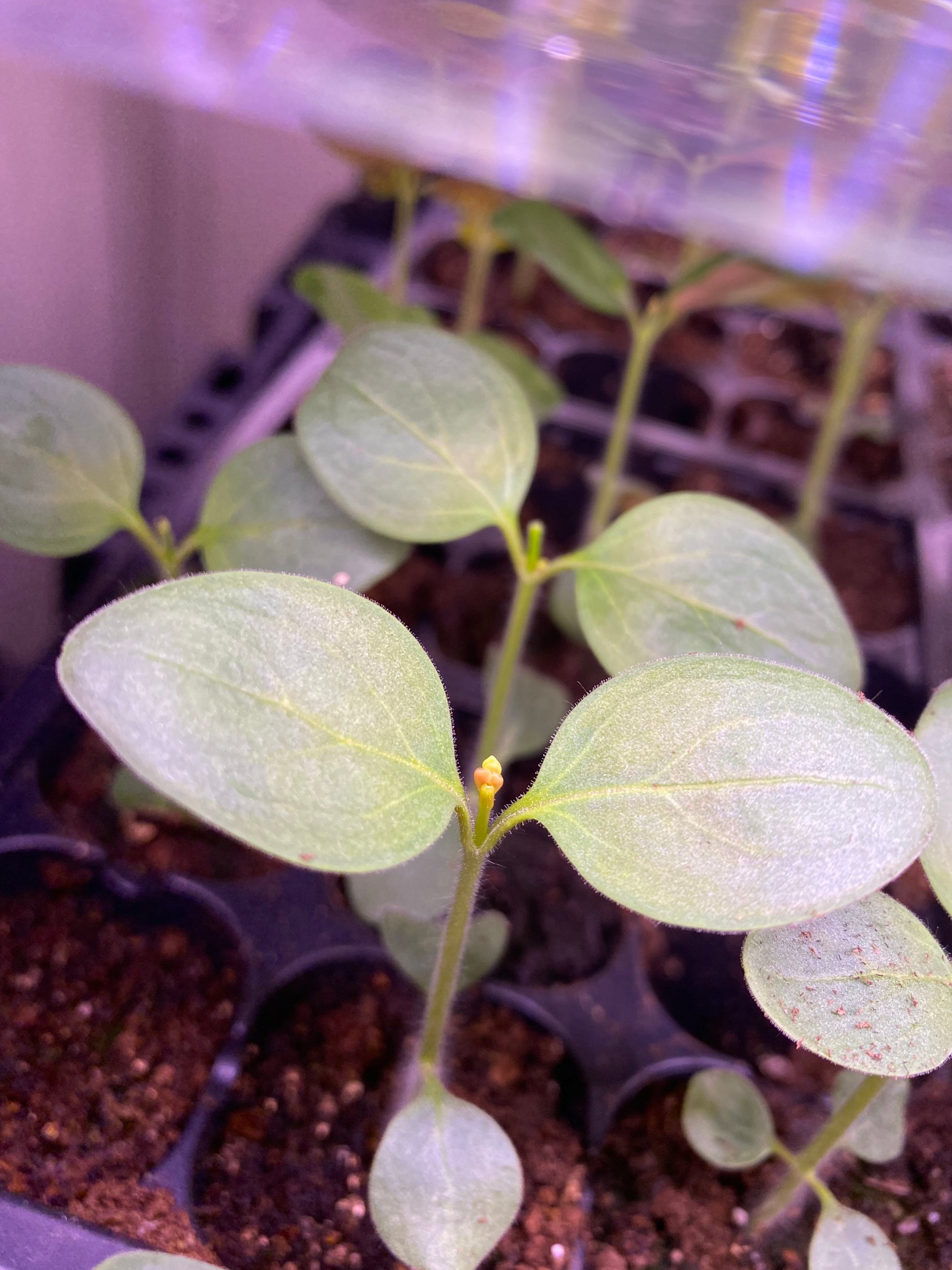
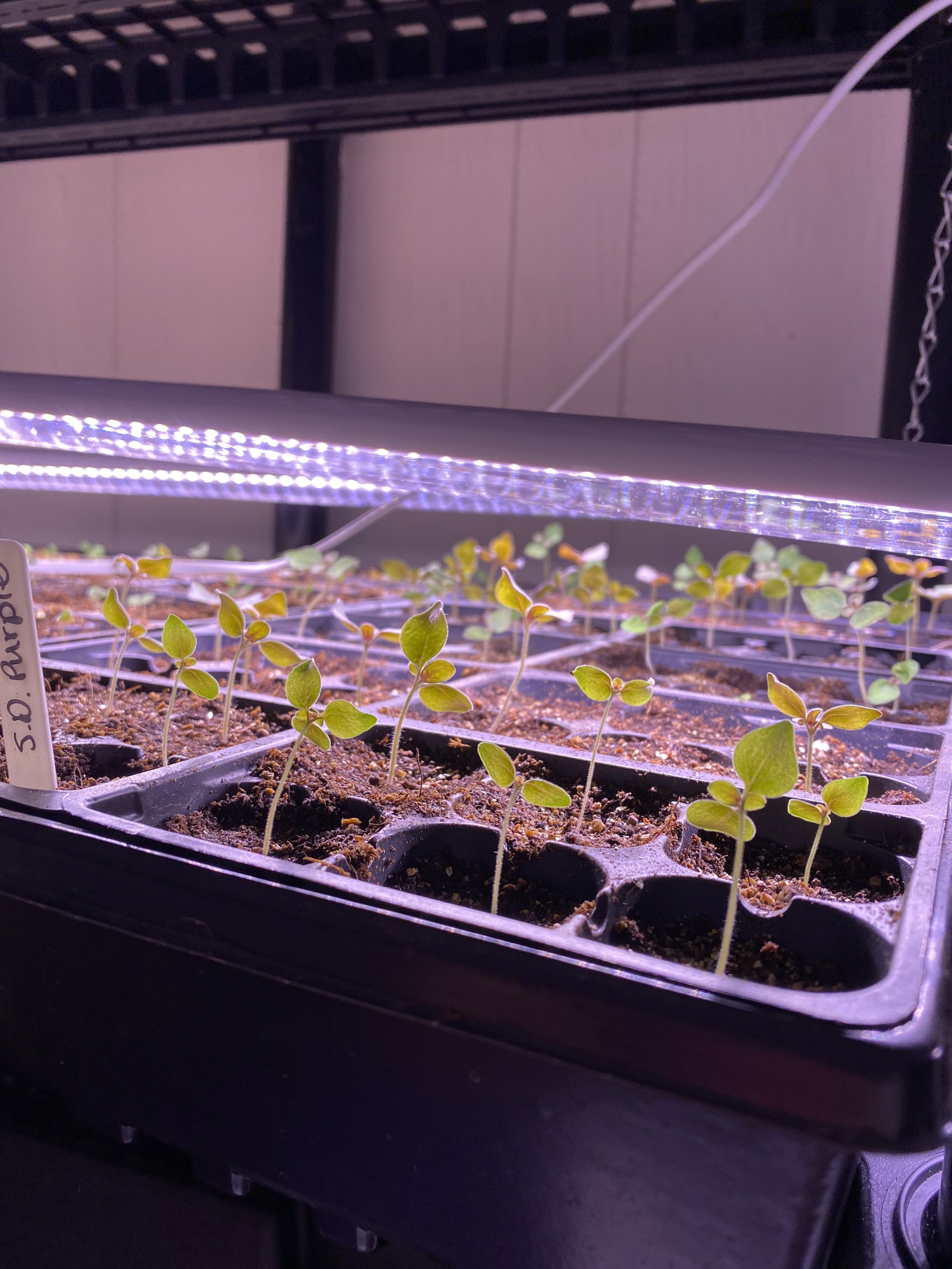
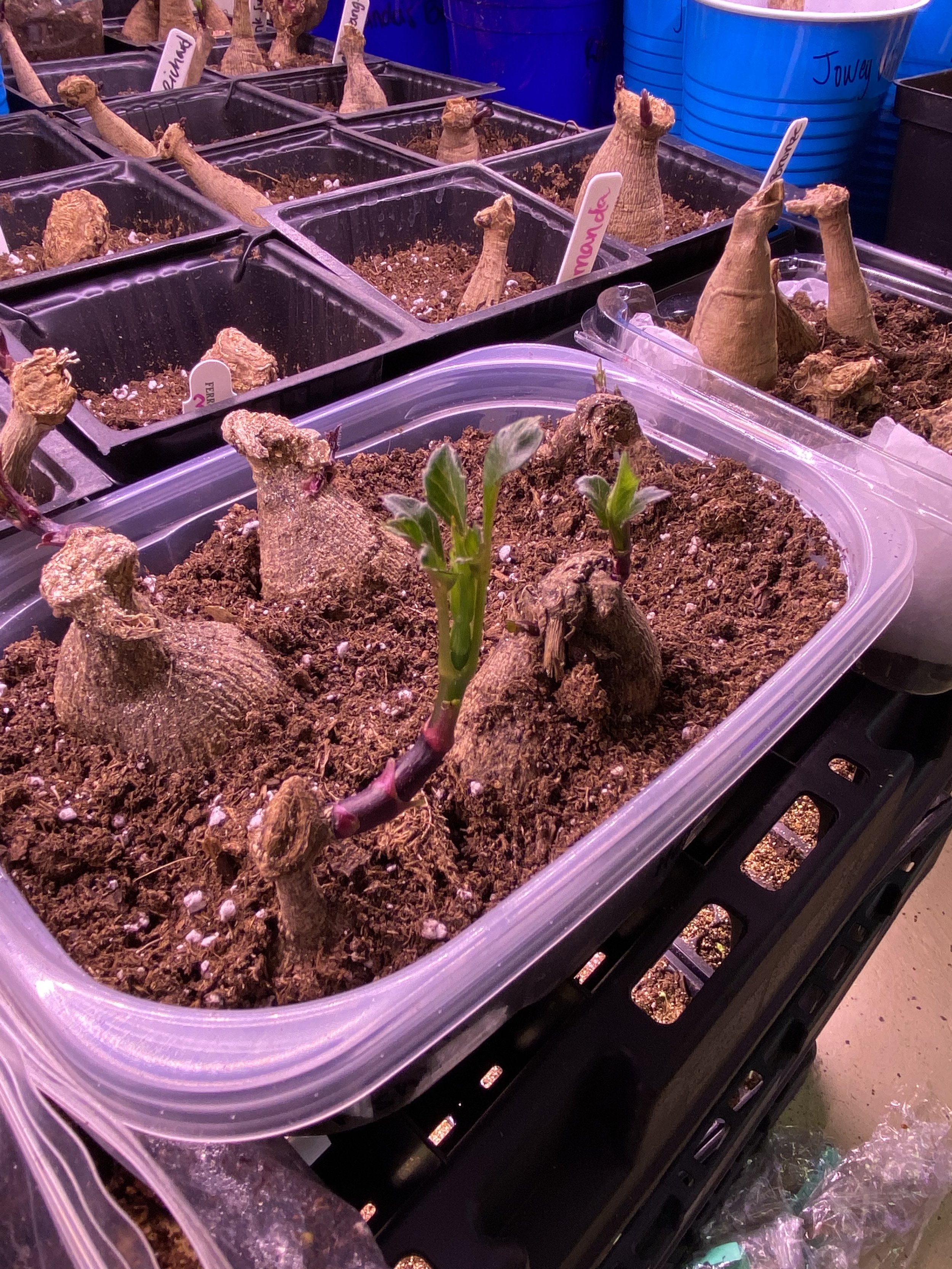
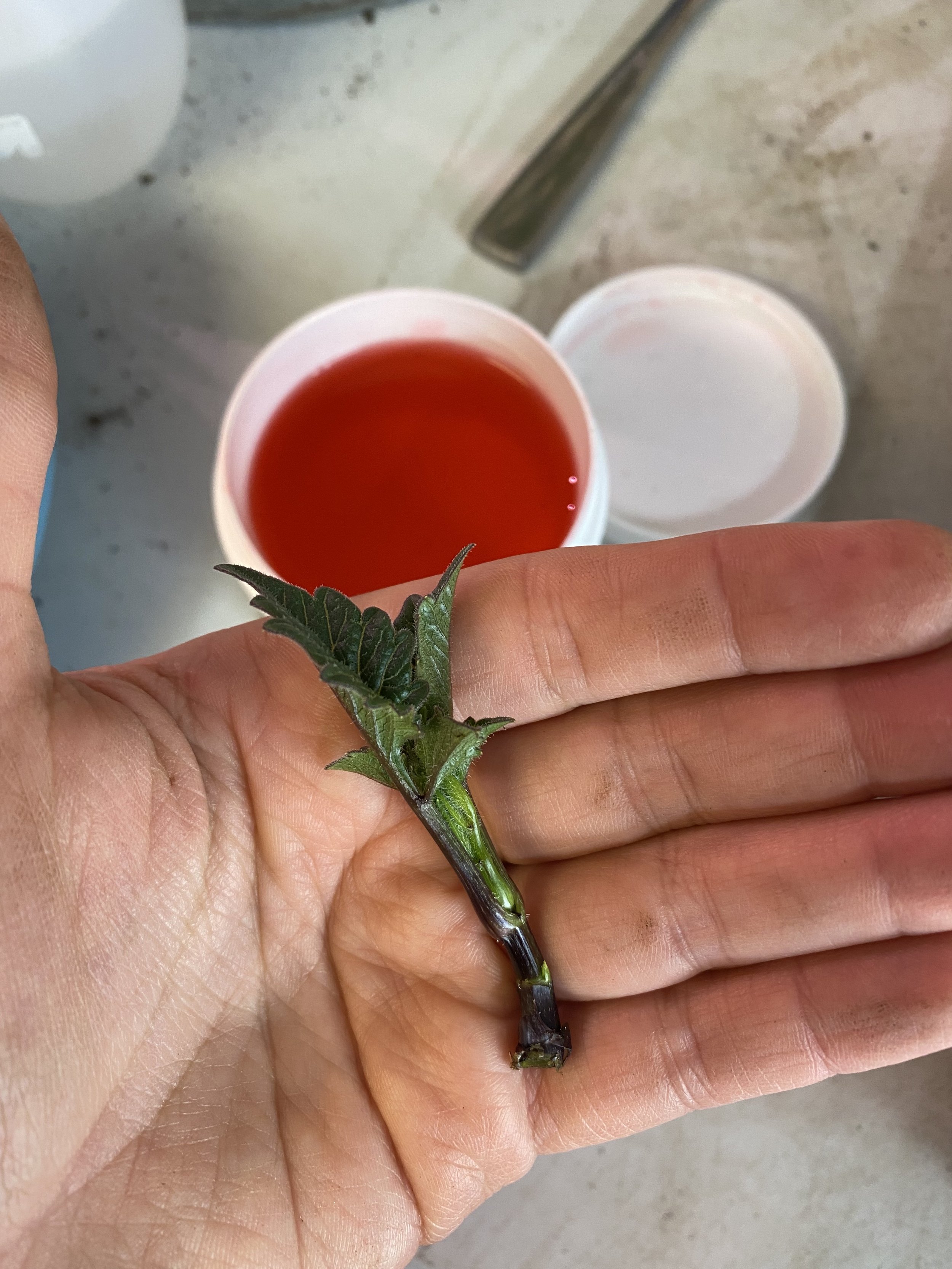
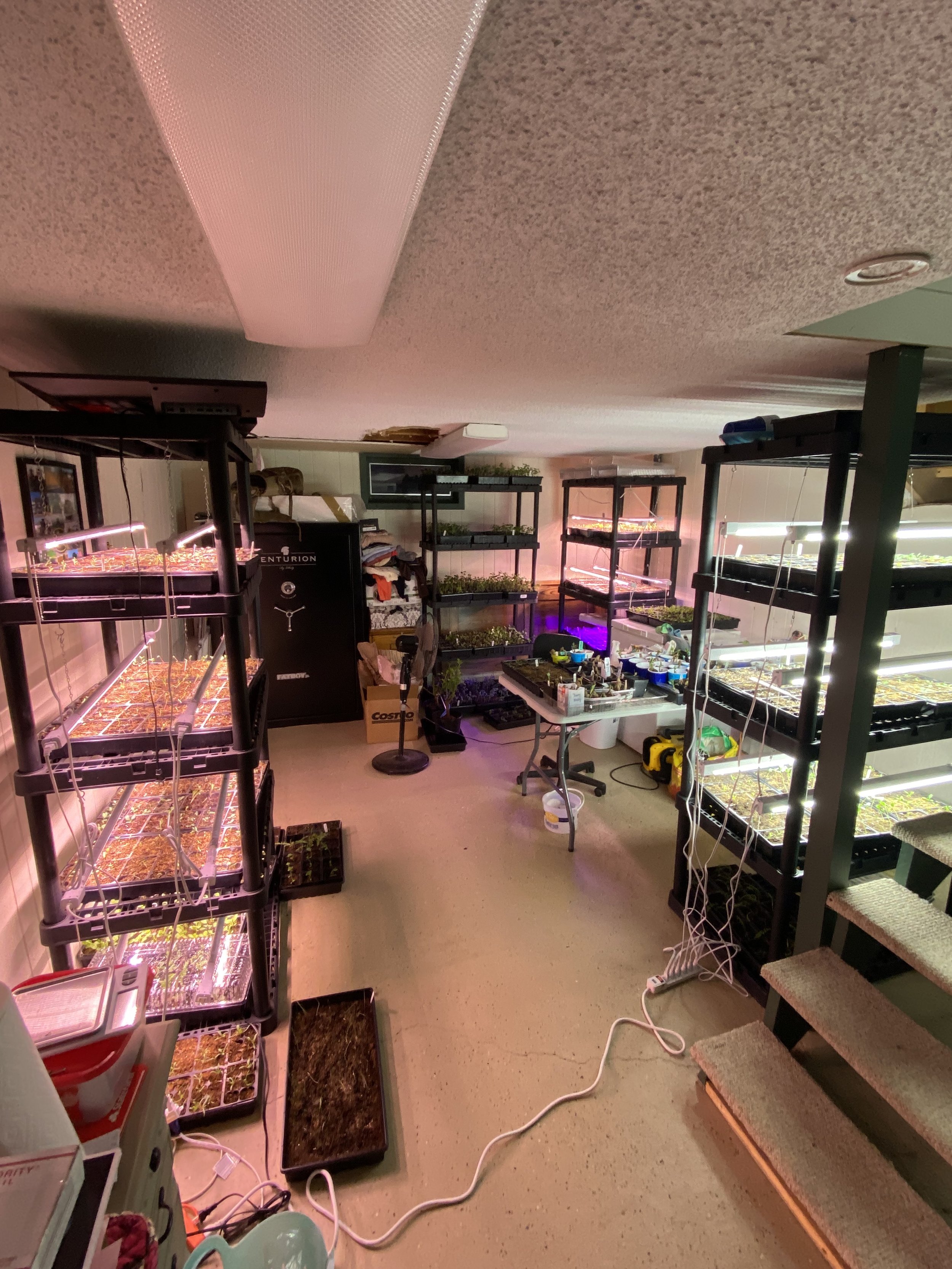
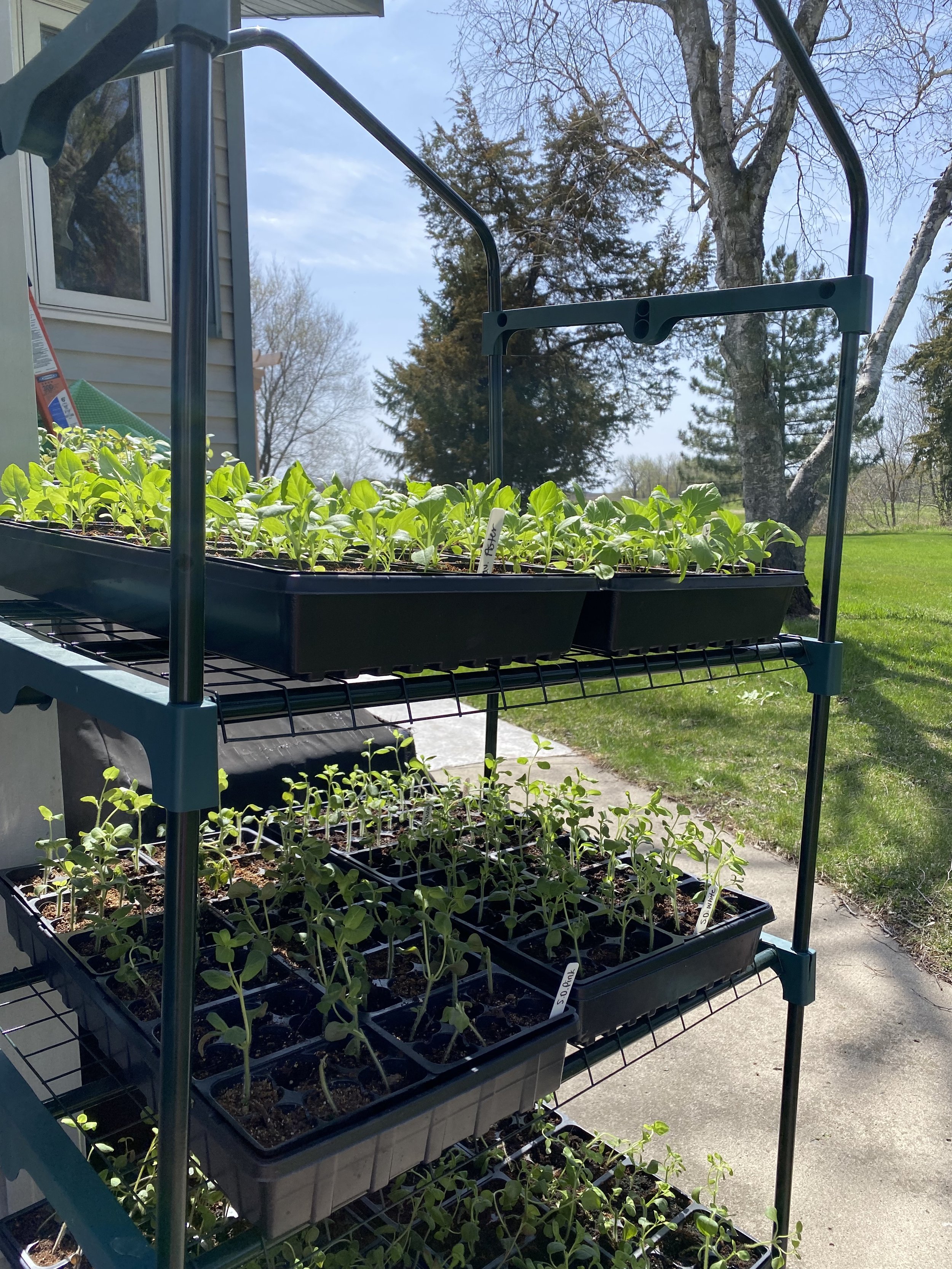
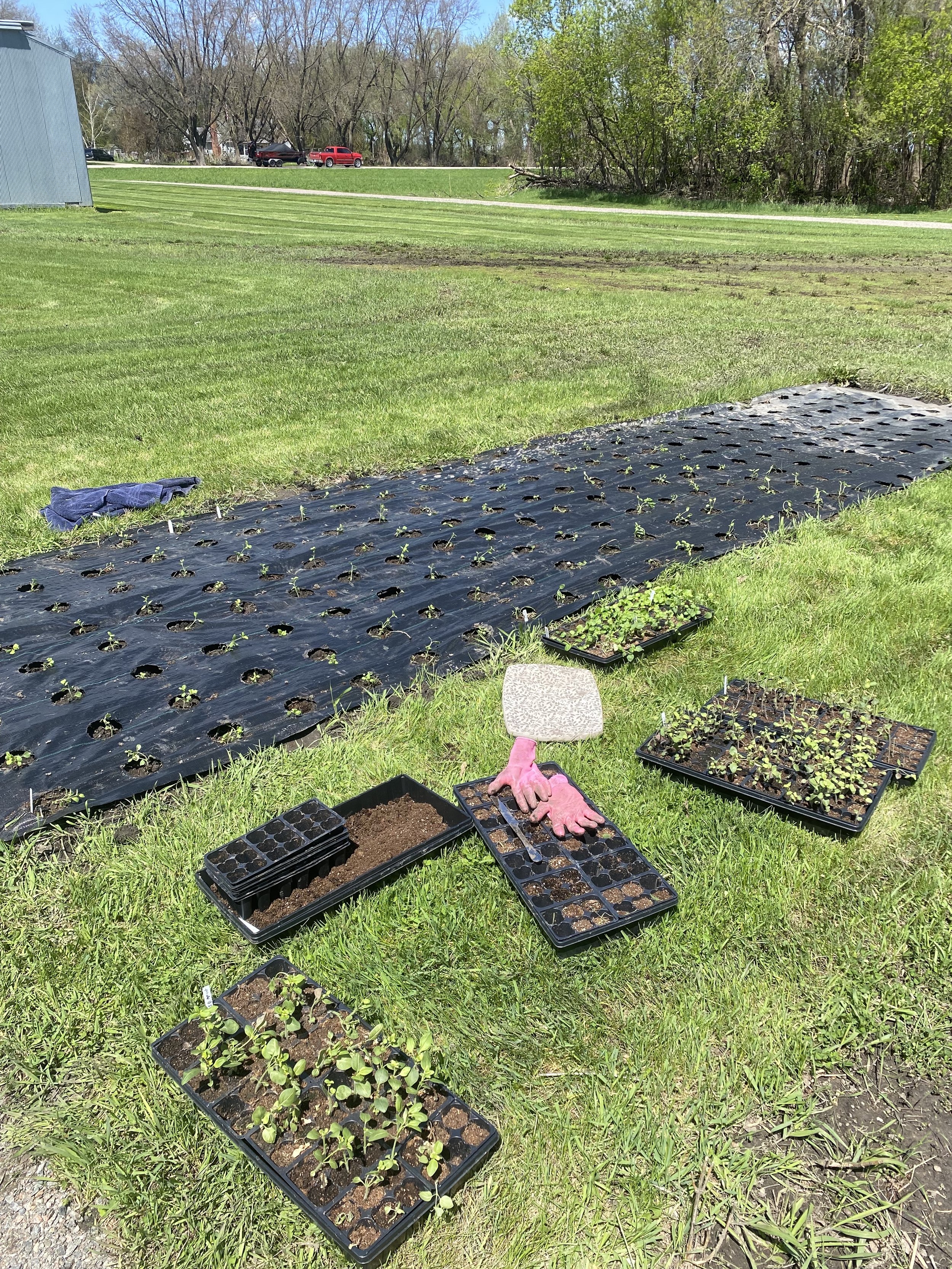
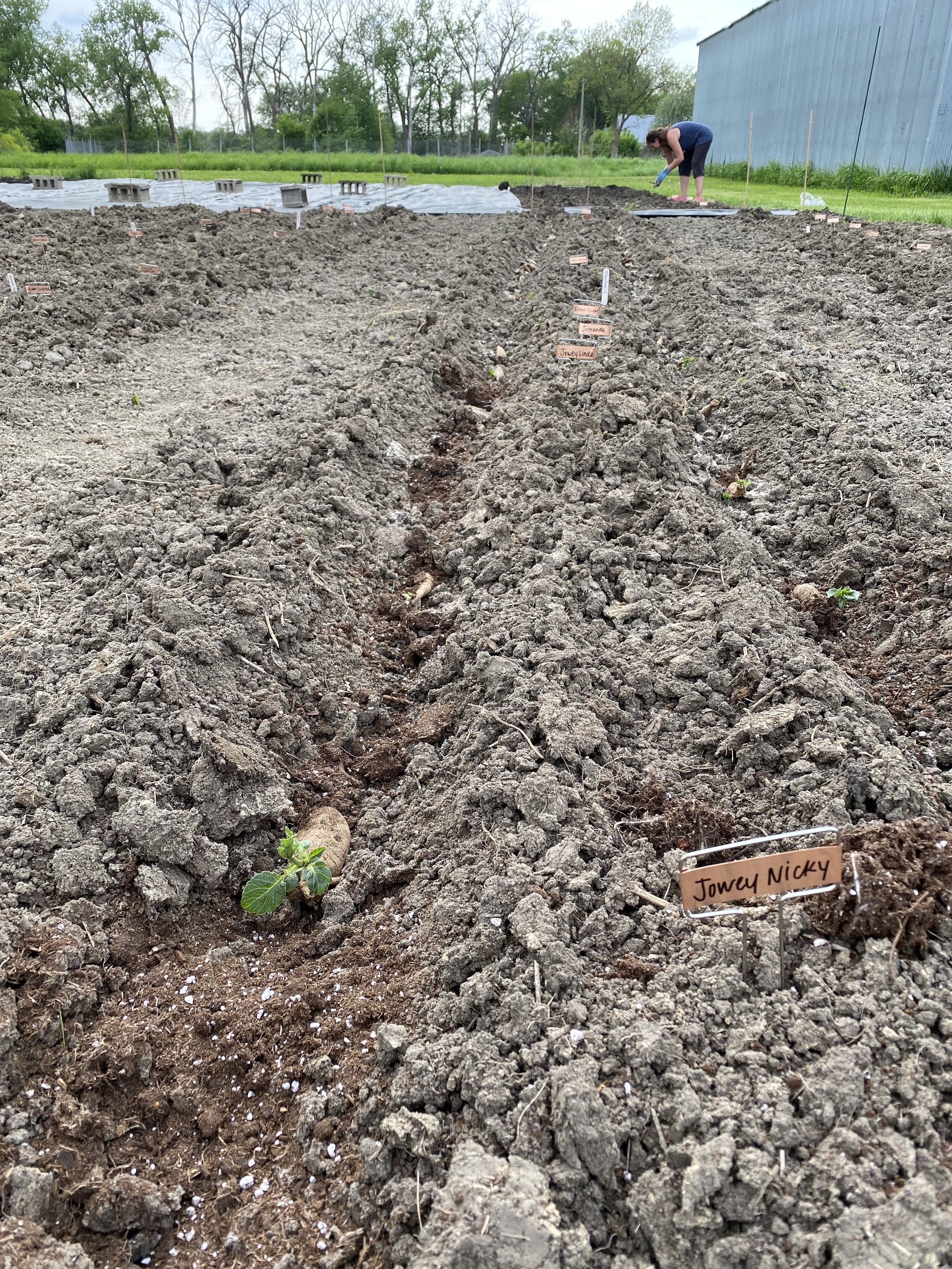

Early June we are blessed with the perennials that have been asleep all winter. Peonies are making their debut, and the iris are showing off their bearded petals. By the end of June, we start to see the very first snapdragons and zinnias start to bloom. As the next couple of weeks go by everything else really comes to life. What once was a little seedling, is now a four foot tall, towering amaranth stalk, sunflower, or cosmos plant. The zinnias are multiplying by the dozens each day. Finally by late July, the dahlias are blooming. It is amazing to see that a single tuber produces such a large plant. Each variety unique all its own, and each one making bouquets different than the last.
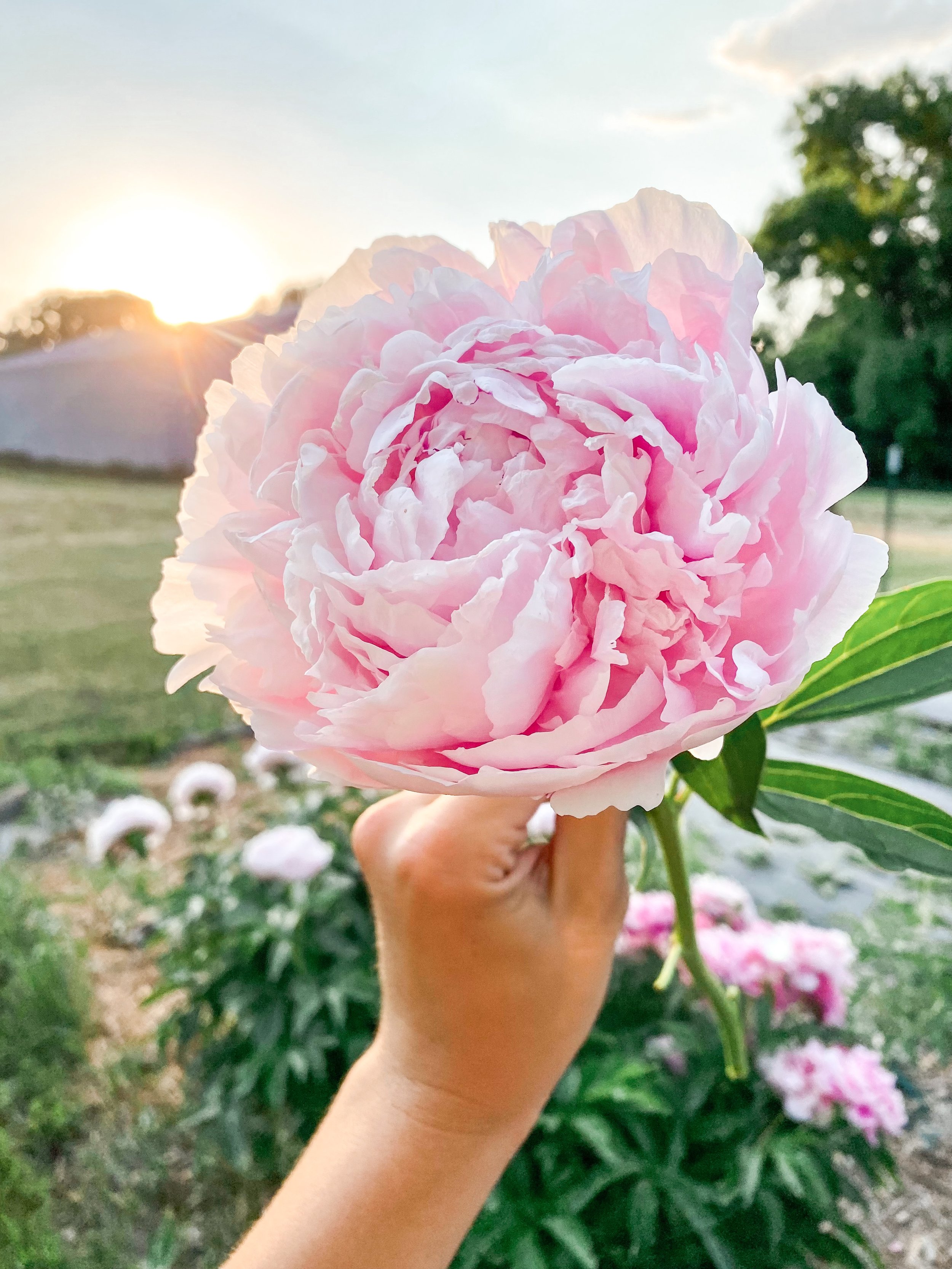


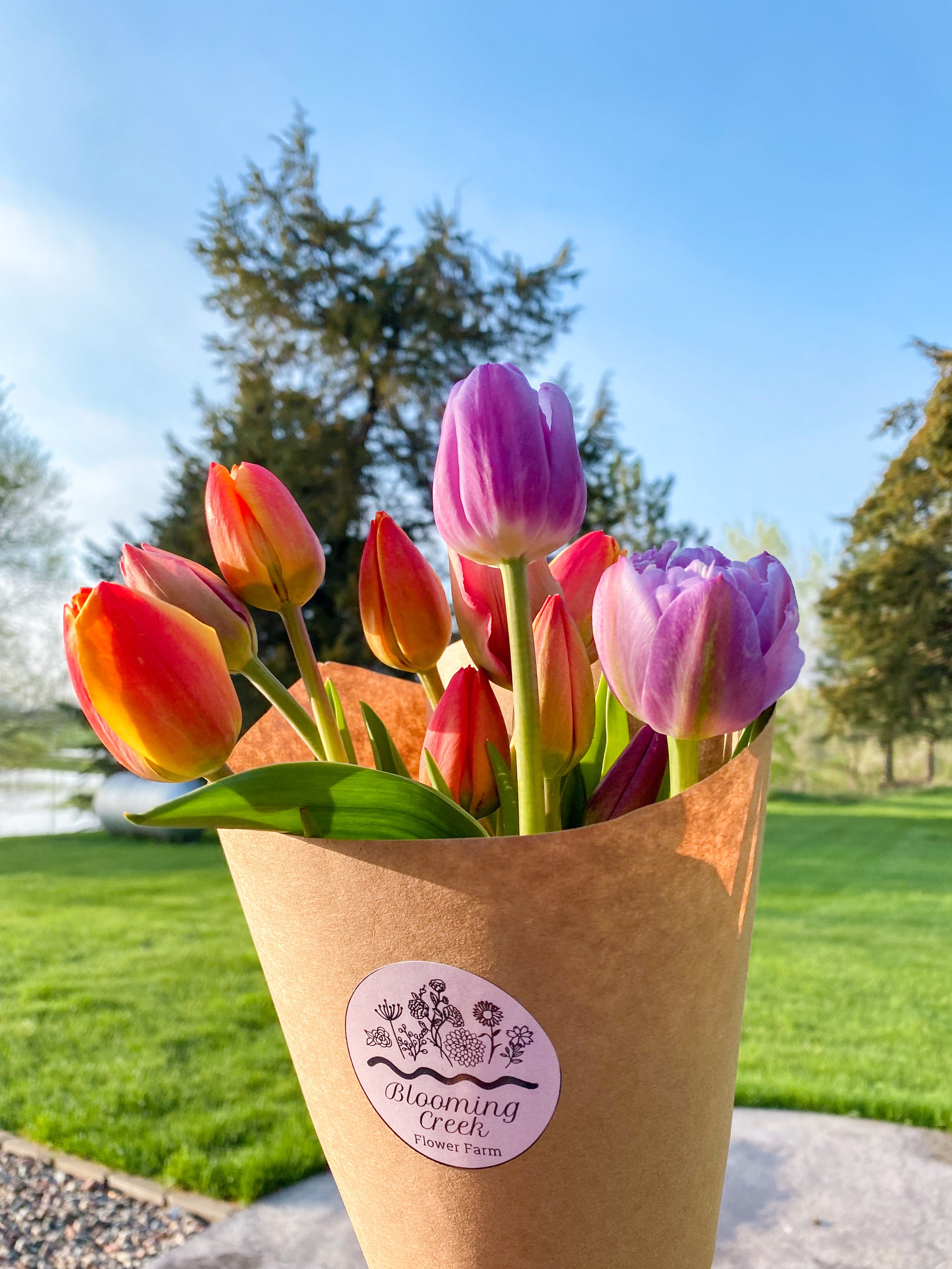
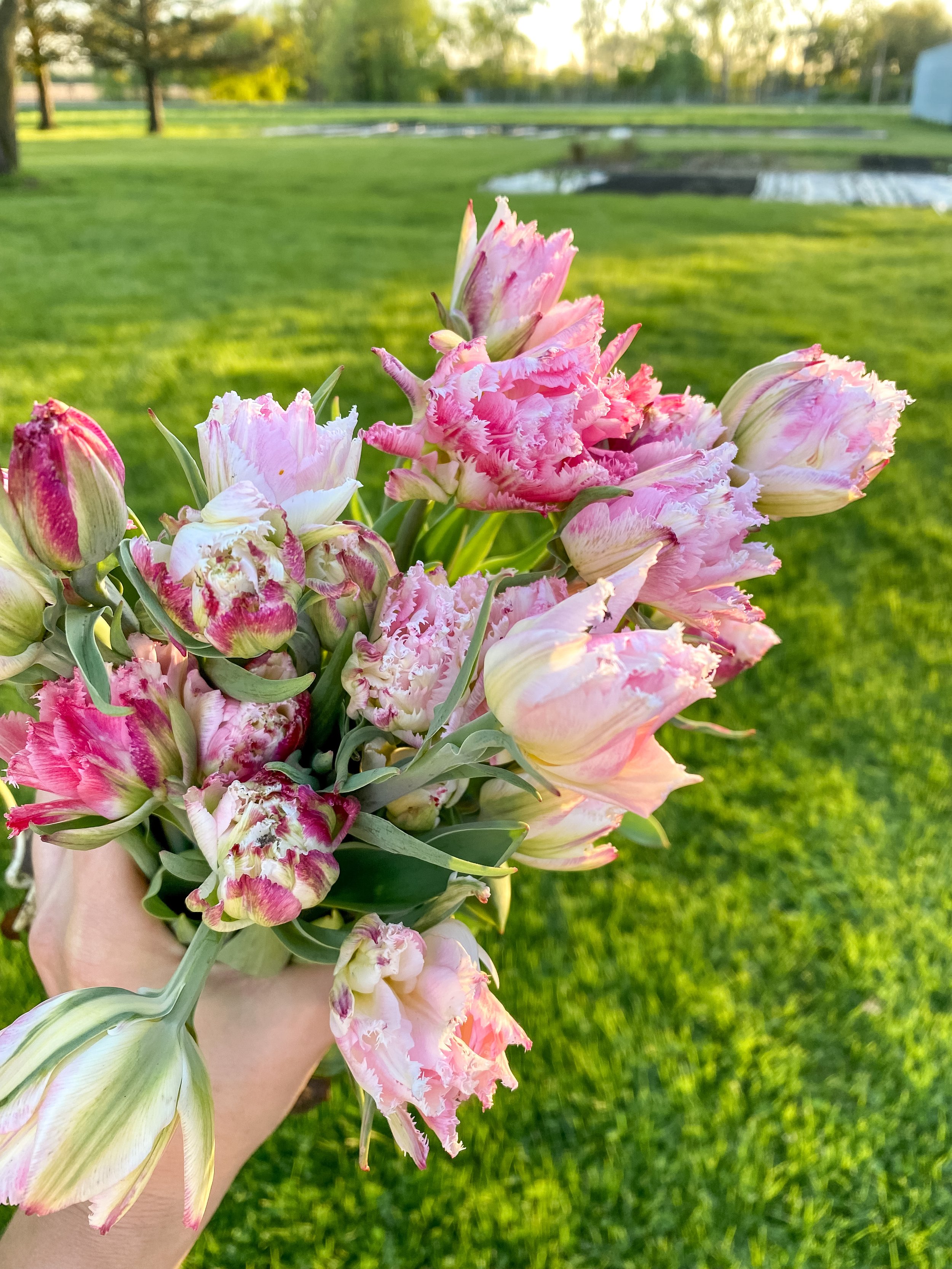
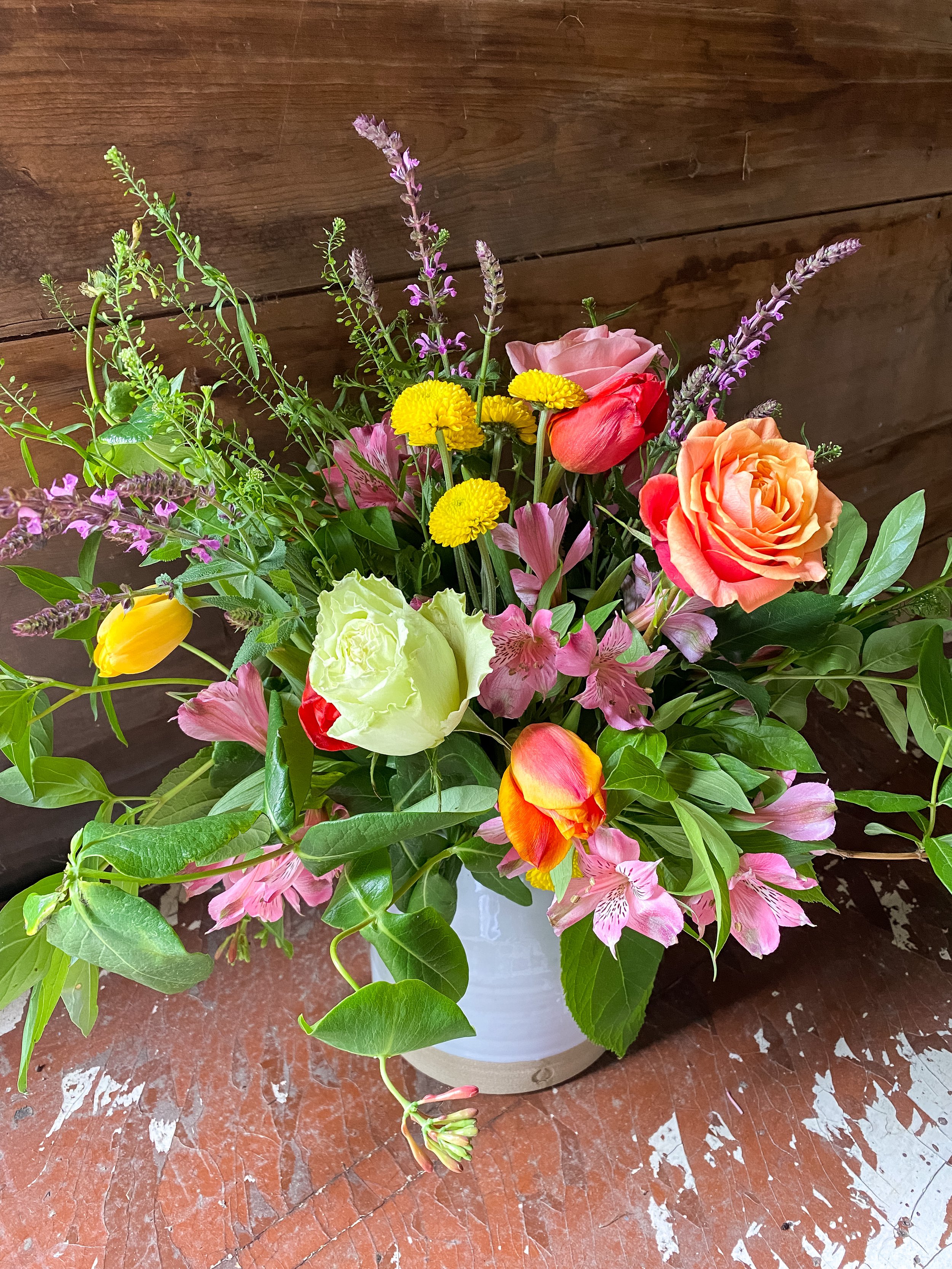
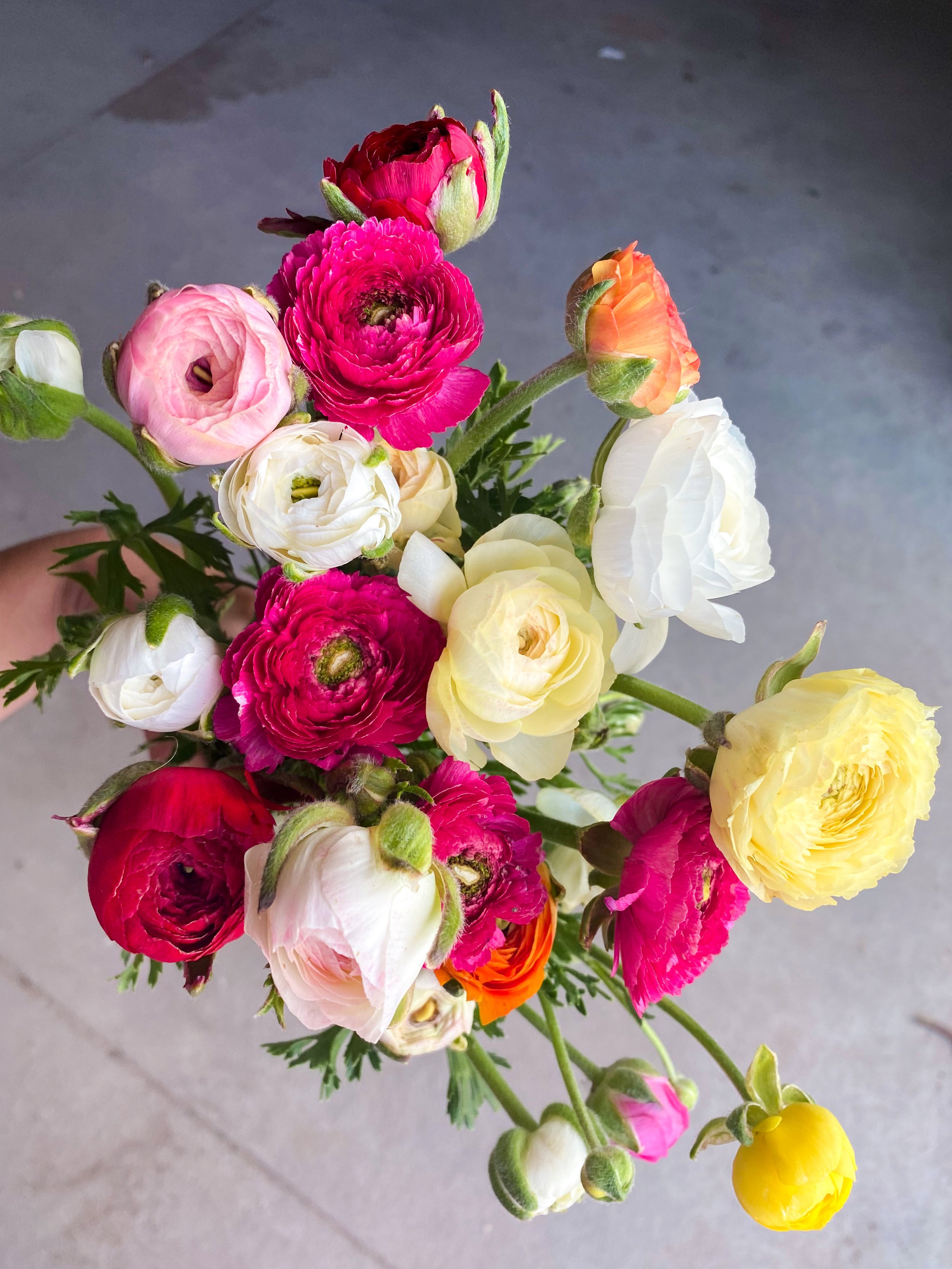


Fresh blooms are harvested and bouquets are made filling our customers homes. The long summer days are getting shorter. Flowers eventually start to fade, one by one. We savor the flowers for as long as God allows us to have them.




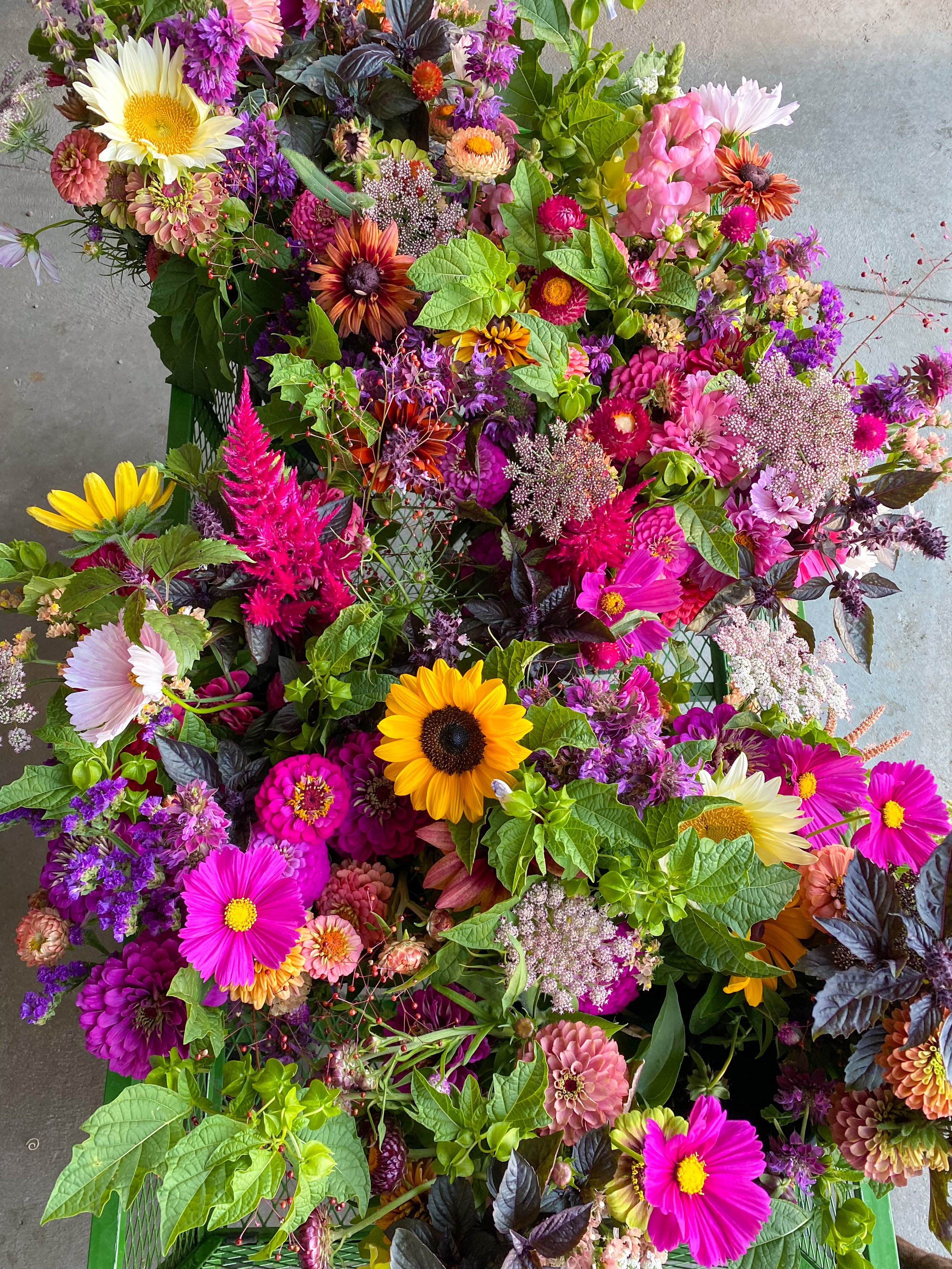





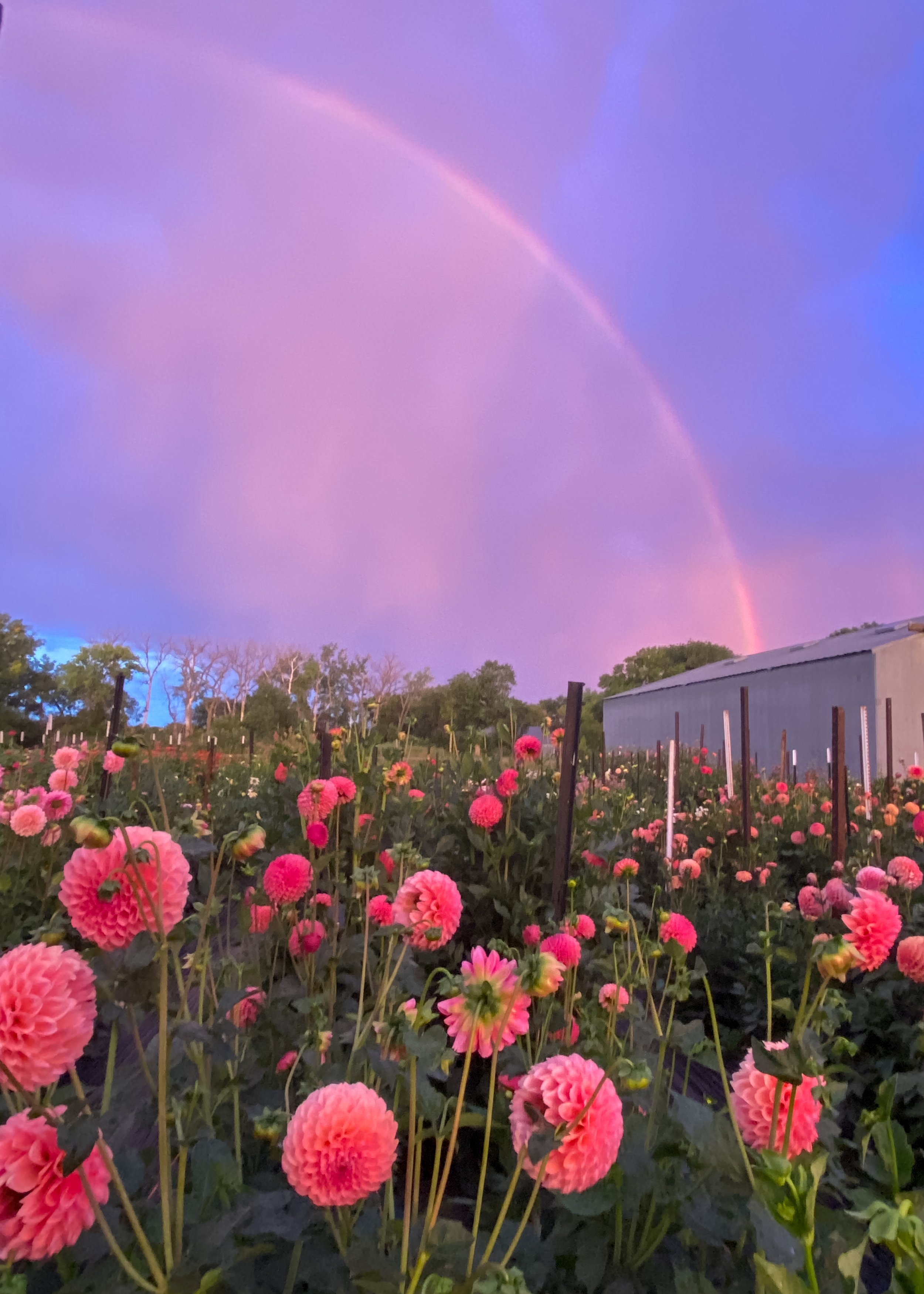




Then the first killing frost arrives, and all at once the garden comes to crashing halt. The dahlias turn black, and the zinnias wilt into a pile of mush. Fall clean up can begin. We’ll clear out all of the garden beds, pull the support posts, roll up the irrigation line, and finally dig and divide the dahlia tubers. We can till compost into the soil and put the earth to bed for the winter. We will now wait patiently for the next growing season to arrive. Until then, we welcome a slower pace to daily life.

